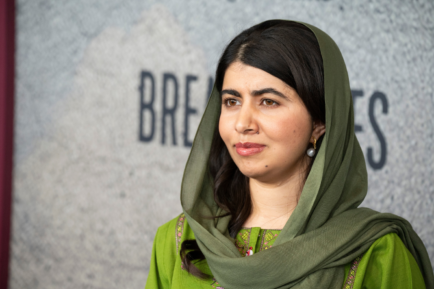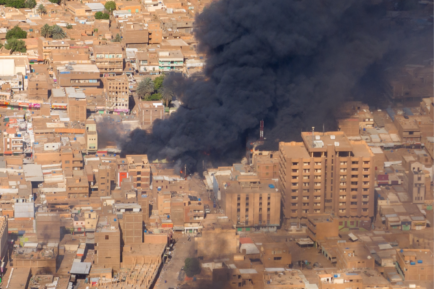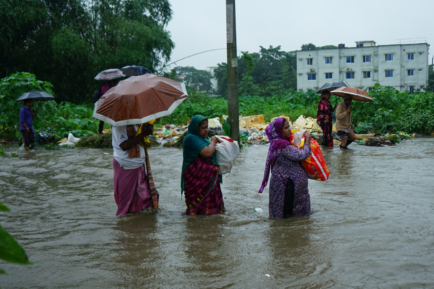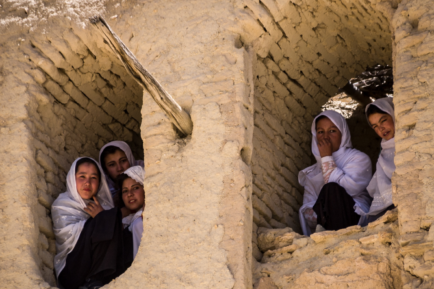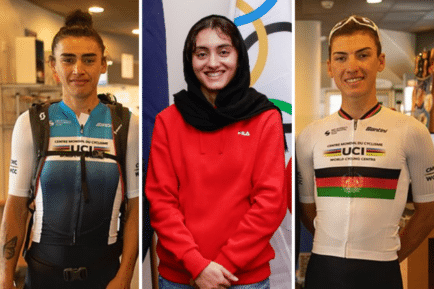
Girls & COVID
Refugee girls
As COVID-19 spreads across the world, an unprecedented 76.7 million people are living as refugees or have been displaced inside their countries. Refugee and internally displaced people camps are mostly chronically overcrowded and measures to avoid community transmission of the virus, such as physical distancing and frequent hand washing, are difficult to implement. The absence of basic amenities, such as clean running water and soap, insufficient medical personnel, and poor access to health information, let alone access to masks, will make avoiding infection virtually impossible. Also, in many host countries, refugees’ entitlement to healthcare and social protection systems are restricted or non-existent, which increases their vulnerability even further. Evidence shows that the impact of COVID-19 on refugee girls and women is making already difficult lives increasingly unendurable.
Education:
According to the UN, more than 8 million refugee children are no longer able to attend school as a result of COVID-19. Girls living in refugee camps or who are internally displaced, are already at a disadvantage in accessing education and, at secondary level, girls are only half as likely to enroll as their male peers. With the closure of schools due to COVID-19, a girl’s access to both official and alternative forms of learning is further restricted. They have little or no opportunity to learn remotely due to limited connectivity and access to online resources.
Livelihoods
Some refugee camps have significant movement restrictions which have resulted in a reduction of livelihood opportunities for refugee families. Girls and young women, as well as working on any family land they can access, rely on trading and work as maids in nearby cities. COVID-19 makes this impossible. Many refugee women, at least 25% of whom are heads of households, are dependent upon acquiring and cultivating land within host communities, not necessarily nearby to where they live, as a critical source of food and income to meet basic needs. Even after authorities lift the movement restrictions, the potential economic damage in host communities could have lasting effects on the ability of refugees to make a living.
Violence:
In Egypt, there are reports that in 25% of Syrian refugees’ households, girls and young women are suffering gender-based violence and abuse. Higher rates of intimate partner violence and child marriage are also being reported in the Rohingya refugee camps in Bangladesh. The fact that many essential social protection services and referral mechanisms are either severely reduced or completely stopped makes it even harder for young women and girls to get help.
We’ve partnered with Plan International Australia to publish these explainers on the impact of COVID-19 on girls internationally, for the Girls & COVID hub. You can donate direct to Plan today, to help support their efforts to create a post-COVID world where girls can take their rightful place as equals.

